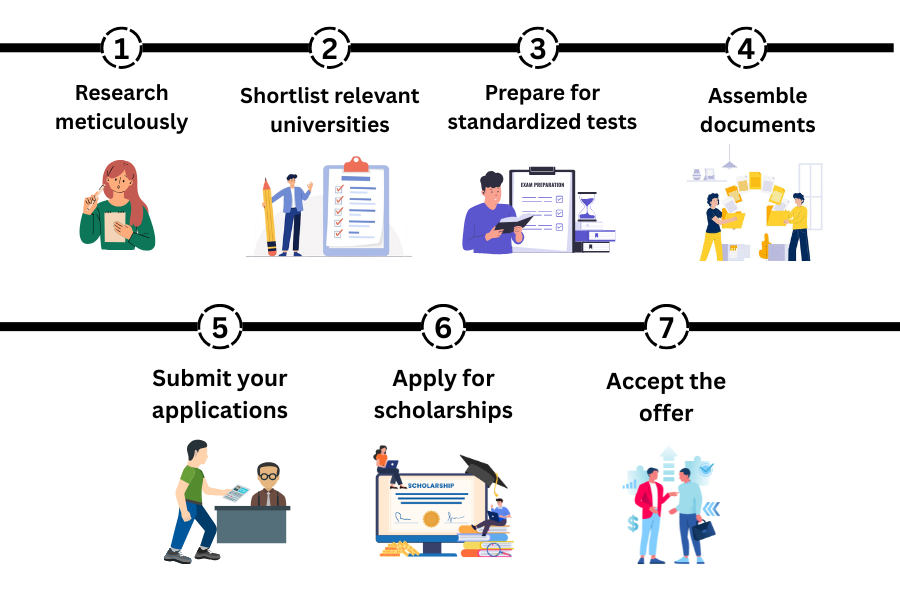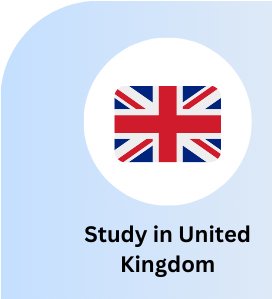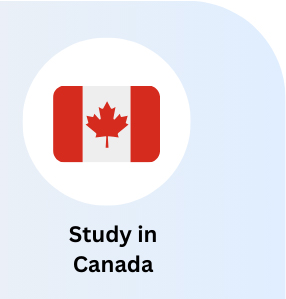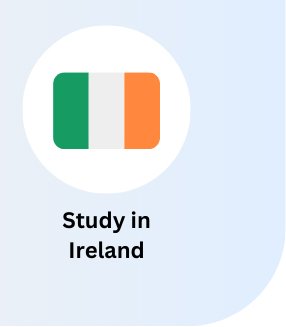
There’s something magnetic about the idea of studying a Masters degree in the UK — centuries-old universities, cutting-edge research, and the chance to walk the same halls as world leaders, innovators, and changemakers.
For many students, an MS in the UK isn’t just about getting a degree; it’s about stepping into a new world, expanding your horizons, and building a future that once felt out of reach. If that’s the dream you’re chasing, this guide is your first concrete step.
World-class education, a one-year fast-track format, globally recognized degrees, state-of-the-art educational facilities, and a superior lifestyle are primary reasons why the UK continues to attract thousands of Indian students each year.
However, in order to attain your UK dream, you need to ace the application process. Several aspirants find it overwhelming, especially with varying requirements, entrance exams, and deadlines.
But don’t worry! Here’s a step-by-step guide to simplify the application journey for you. Whether you have just started exploring, or are ready to apply, here’s how you can confidently navigate the application process.

Step 1: Research meticulously
Before you dive into applications, take a moment to understand what the UK offers. Each university has its own strengths, course formats, entry requirements, and fee structures.
So, research well by getting clear answers to these questions:
- What are your preferred subjects and career goals?
- Are you looking for research-based, taught, or a blend of both in your MS?
- What location in the UK suits you, urban life or university town?
Use trusted platforms like ApplyBuds to browse curated Master’s programs across the UK. Filter by course, fees, duration, and even entry deadlines. This will save you hours of confusing Google searches.
Want to get a detailed picture about all aspects for studying in the UK?
Dive into this comprehensive Study in UK guide!
Step 2: Shortlist relevant universities
Based on a thorough assessment of your interests, shortlist relevant universities.
This step isn’t just about picking the biggest names. It’s about choosing universities that match your academic profile and career goals.
Here are the key aspects you must look for while shortlisting universities:
- Entry requirements (some accept 3-year bachelor’s degrees, some don’t)
- GRE/GMAT expectations
- English proficiency tests (IELTS, TOEFL, or PTE)
- Application deadlines (especially for Jan vs. Sep intakes)
- Scholarship options
Pro tip: Apply to a mix of “reach,” “match,” and “safe” universities.
Are you contemplating whether your decision to study in the UK is right or not?
Well, here’s a blog on studying Masters in the UK that will reaffirm your decision!.
Step 3: Prepare for standardized tests
Not all UK universities require the GRE or GMAT for MS admissions. However, some competitive programs may solicit good scores, especially in business analytics, finance, and data science.
Here’s some key information to help you pick and prepare for the right entrance exam:
- GRE is more common for science, engineering, and tech courses
- GMAT is generally for business or management-focused MS programs
- Aim for a GRE score above 320 or a GMAT Focus score above 605+ to remain competitive (if these exams are required)
- Give yourself 2–3 months of preparation time, and consider expert assistance to score high
English proficiency, on the other hand, is mandatory. Most universities ask for:
- IELTS: Overall 6.5–7.0 with no band less than 6.0
- TOEFL iBT: 90–100
- PTE Academic: 58–65+
Note: Some institutions may waive these requirements if you have studied in recognized English-medium institutions, so always check individual university pages.
And if you are wondering whether a one-year degree is worth it, check out this LinkedIn article on 1-year Master’s in the UK for clarity.
Step 4: Assemble your application documents
Think of your application as a story highlighting your academic background, ambitions, and why you are a good fit for that program. A strong application typically includes:
- Academic transcripts
- Statement of Purpose (SOP) / Personal statements
- Letters of Recommendation (usually 2)
- Updated resume/CV
- GRE/GMAT/IELTS scorecards
- Passport copy
- Portfolio (if applying for design or architecture)
Pro tip: Keep everything scanned and saved in one folder. It helps uploading and reusing documents across universities much faster!
Step 5: Submit your applications
Most UK universities allow direct online applications via their websites. Some might route you through platforms like UCAS Postgraduate or their dedicated admissions portals.
When applying, ensure the following critical factors:
- Pay attention to deadlines, especially for international applicants
- Write customized SOPs tailored to each university
- Always double-check document uploads
- Pay application fees (usually £50–£100 per university, but could also be free)
Pro tip: Apply early, especially if you are targeting scholarships or competitive programs.
Step 6: Apply for scholarships
Studying in the UK can be expensive, but scholarships make it feasible.
There are mainly three types of financial support:
- University-specific scholarships are the most popular and easily accessible. Both Merit-based or need-based scholarships are available to Indian students.
- Government scholarships like Chevening, Commonwealth, GREAT are competitive and best suited for academically accomplished candidates joining high-impact programs
- Private funding options or loan-support partners who can help you achieve your academic goals. Most Banks and NBFC’s have UK universities in their pre-approved programs list for sanctioning loans.
Note: Many scholarships have early deadlines, often before course applications close. So, keep a track of these deadlines meticulously.
Want to learn about the popular scholarships in the UK?
ApplyBuds has a dedicated blog on scholarships for Masters in the UK to guide you.
Step 7: Accept the offer and prepare to fly
Once you start receiving university admission offers (conditional or unconditional), here’s what you will need to do:
- Accept the best offer through the university portal
- Pay the deposit (often £1,000–£5,000) to confirm your seat
- Request your CAS (Confirmation of Acceptance for Studies) letter
- Begin your UK student visa application
Pro tip: While you are at it, read this quick cost of living & tuition guide to start budgeting smartly!
 |
 |
 |
 |
 |
 |
 |
 |
Bonus step: Prepare for life in the UK
This step is often skipped, but equally important!
Join university WhatsApp groups, follow their student services, and learn about housing, part-time work, and city culture to adjust to the new life quicker and smarter.
Final thoughts
Pursuing an MS in the UK is a life-changing decision. If you find the application process a bit unnerving, seek the right support to ace it.
Whether it’s finding the right university, cracking your entrance exams, or planning your student visa, ApplyBuds has you covered every step of the way.
So, are you ready to take the plunge?
Start by exploring your options and shortlisting your dream programs. Here’s the link: UK Master’s programs to get you started. Good luck!

